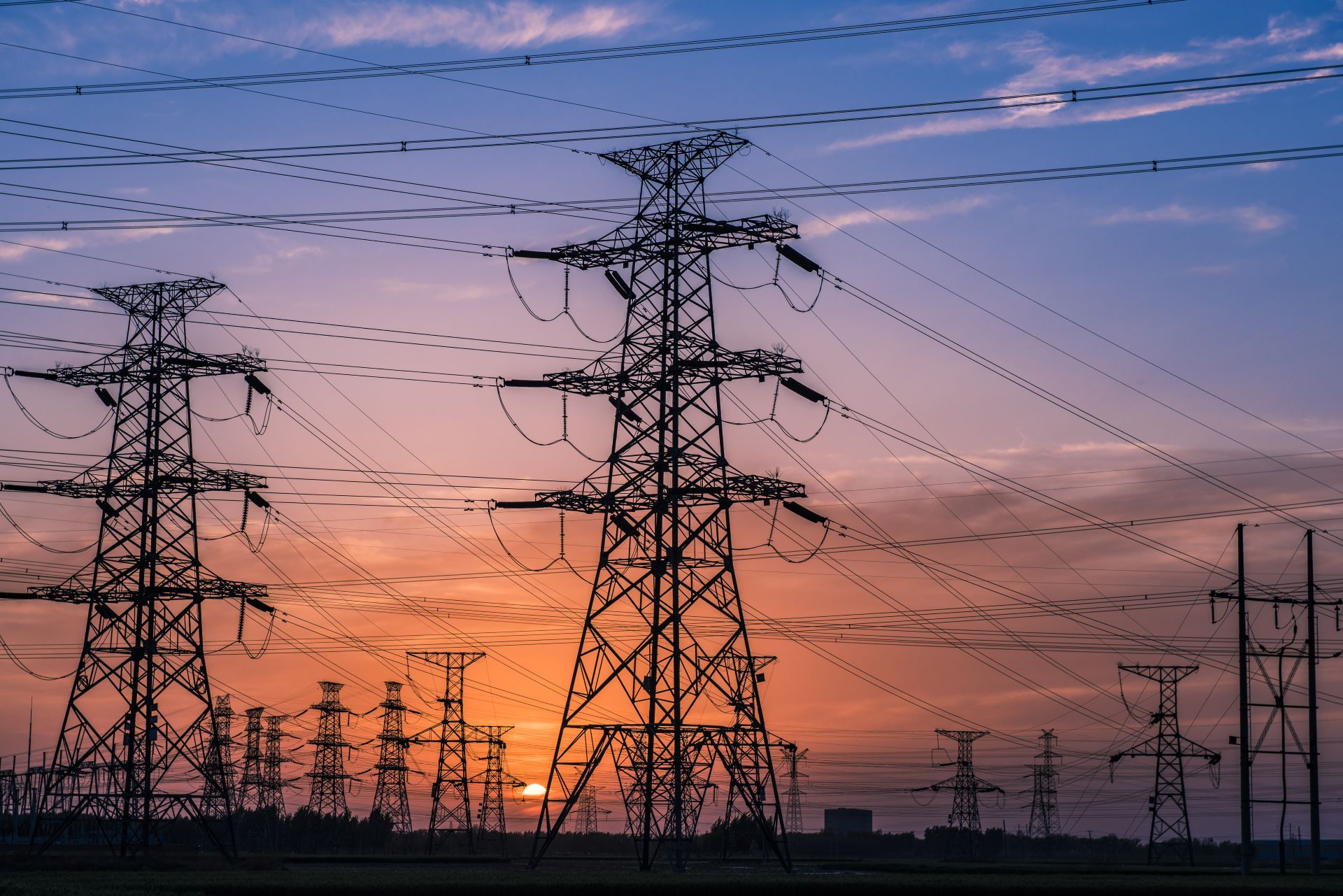On August 10, the federal government released draft Clean Electricity Regulations,1 targeting a net-zero carbon emissions electricity grid by 2035, which is a modular component of the federal government’s plan to meet Canada’s commitment under the Paris Accord to be net zero by 20502. The Draft Regulations closely follow the August 8 companion publication of “Powering Canada Forward: Building a Clean, Affordable, and Reliable Electricity System for Every Region of Canada,” setting out the federal government’s strategic vision for both broader electrification and decarbonizing the grid.3
The Draft Regulations will be subject to a 75-day consultation period, beginning on August 19 and concluding on November 2, 2023. The final version is expected in 2024. There has been significant government-industry and inter-governmental discussion about the regulations to date, with friction entering press reports over the past year. The content has been highly anticipated and significant further discussion is expected.
If implemented, the Draft Regulations would take effect on January 1, 2025, and apply to grid-connected fossil fuel generation units of 25 MW or greater.4
The key term of the Draft Regulations is a carbon intensity cap (prohibition) of 30 tonnes CO2/GWh, that applies if there is any net electricity delivery to the grid (important for co-generation units).5 There are several exemptions, however:
- A carbon capture and storage system less than seven years old would provide a less stringent cap of 40 tonnes CO2/GWh, provided the unit operates at or below 30 tonnes of CO2/GWh for two periods of at least 12 continuous hours, with at least four months between those two periods, although this exception expires on December 31, 2039.6
- Units with net exports greater than 0 GWh, other than those combusting coal, may emit up to 150 kilotonnes of CO2 in a calendar year if operating for 450 hours or less during that calendar year.7 This could apply, for example, to peaking facilities that only operate for a handful of hours per year.
The minister may also issue exemptions for emergency situations.8
The cap’s timing is designed around the federal government’s 2035 net-zero objective. A number of legacy treatments define when the cap would apply to particular units. Generally, the cap applies the later of January 1, 2035, or January 1 of the calendar year following the unit’s end of prescribed life (defined as 20 years after commission date).9 Otherwise:
- For boiler units created through coal-to-natural gas conversion that are included in s. 3(4) of 2018’s Regulations Limiting Carbon Dioxide Emissions from Natural Gas-fired Generation of Electricity,10 the prohibition may be effective January 1, 2035, or later, depending on the unit’s end of life under that regulation.11
- For new units commissioned on or after January 1, 2025, or that increase their capacity by 10% after registration, or combust coal, the effective date is January 1, 2035.12
The Draft Regulations also contain detailed requirements for calculating emissions intensity,13 reporting,14 and sampling and data collection,15 and would repeal the Reduction of Carbon Dioxide Emissions from Coal-fired Generation of Electricity Regulations16 on January 1, 2035,17 and the Regulations Limiting Carbon Dioxide Emissions from Natural Gas-fired Generation of Electricity18 on January 1, 2045.19
Norton Rose Fulbright Canada has highly ranked electricity practitioners in each of British Columbia, Alberta, Ontario and Quebec, acting for major electricity system owners and operators, renewable and thermal generators, and industrial customers. Contact any of the key contacts below to learn more about anticipated next steps in this domain.











